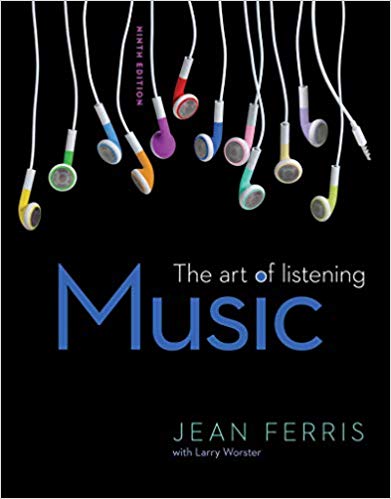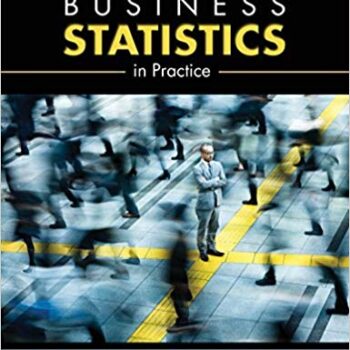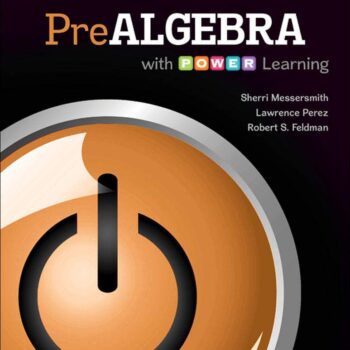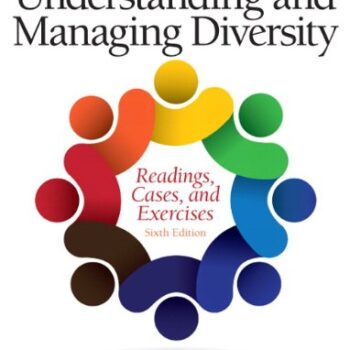
Test Bank For Music The Art of Listening 9th Edition by Jean Ferris
Original price was: $150.00.$50.00Current price is: $50.00.
Digital item No Waiting Time Instant DownloadISBN10: 0078025176 ISBN13: 9780078025174
I would like to begin with a common statement and that is, when it comes to studying a particular subject such as music, it is quite crucial to listen actively and sensibly. It is in view of this that I would like to highlight the importance of the Test Bank for Music: The Art of Listening 9th Edition by Jean Ferris. The test could be utilized in an effective manner in order to appreciate and learn more about music.
What are the Benefits of Using a Test Bank?
When I study, I consider my test bank to be quite practical and beneficial. It gives me practice questions that are in line with the overall theme of the exams I am sitting on. This is advantageous since effective planning can be achieved as a result. From the perspective of the test bank, it is effective in that it integrates so many questions which will evoke an alternate thought process towards music.
Main Subjects Included in the Test Bank:
The test bank addresses several key issues related to the text. Some of them can be mentioned as follows:
- Elements of Music: Learn about music’s building blocks: rhythm, melody, harmony, etc.
- Listening Skills: Nothing is more crucial than improving your listening abilities, because in the end music is all about what you listen to.
- Music History: Find out the progression of music throughout history to understand how it has finally become what it sounds like today.
- Different Genres: Dive into the worlds of classical music, jazz, and other genres that will interest you each with a story of its own.
How to Use the Test Bank
The test bank can be utilized in many ways. I would first look for a chapter in the book and read it. Thereafter, I go to the test bank and try to answer a number of questions. At least, this will indicate whether I have put some effort into what I read. In case I fail to answer a question, I will refer back to that section of the book and read it again. That is how I do it.
Benefits of the Test Bank
Test bank comes with numerous advantages which I will mention here. These include the following:
- Better Grades: Using the test bank allows the students to prepare using appropriate material and thus can improve their overall performance as a whole.
- Confidence: Speaking of exams, anticipation makes the entire experience smooth. When you have practiced before, it gives you the needed confidence to answer questions in the exam.
- Deeper Understanding: Looking at the same piece of music through the lens of different test questions will transform how you approach it.
What Makes This Test Bank Unique?
What makes this test bank different is my view that it has been developed for the 9th Edition of the book. This delivers the latest content and concepts in the field of music. Even better, it is composed jotting down very well in the sphere of music and music education, Jean Ferris.
Conclusion
To sum up, having enjoyed I must make it clear that I thoroughly appreciate the efforts of the authors of the Test Bank for Music: The Art of Listening 9th Edition by Jean Ferris in creating such materials when studying music. With its help, you can prepare, study, and create music. In my opinion, my and other students’ performance in music class is tremendously improved by this test bank.
Test Bank For Music The Art of Listening 9th Edition by Jean Ferris
Chapter 03
Melody
Multiple Choice Questions
1. A melody consists of one or more parts that are called. Sequences.B. sections.C. cadences.D. phrases.
2. The stopping points that “punctuate” melodic phrases are called. Pauses.B. rests.C. periods.D. cadences.
3. The melodic form of “Row, Row, Row Your Boat” is A. an aB. a b
4. The melodic form of the “Jingle Bells” refrain is A. a a bB. a a b b’C. a b a b’D. a b a b
5. The melodic form of “Deck the Halls” is A. a b bB. a b b’ (modified)C. a a b aD. a a b a’ (modified)
6. A written melody forms a linear pattern on the staff called the A. curve.B. contour.C. angle.D. Line.
7. When the pitches of a melody lie close to one another on the staff, the melodic line is smooth orA. Conjunct.B. disjunct.C. lyrical.D. vocal.
8. When the pitches of a melody are widely separated, the melodic line is. Conjunct.B. disjunct.C. lyrical.D. vocal.
9. A melodic and/or rhythmic pattern that is repeated many times is a(n)A. animato.B. portato.C. ostinato.D. obligato.
10. An example of a melodic sequence occurs in the beginning of A. “Row, Row, Row Your Boat.”B. “Jingle Bells.”C. “Deck the Halls.”D. “Three Blind Mice.”






